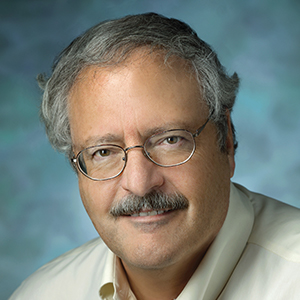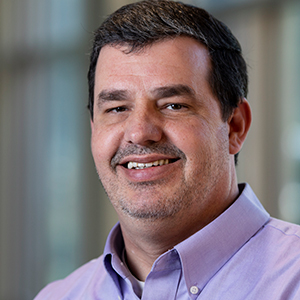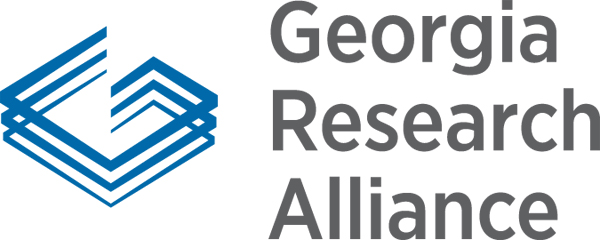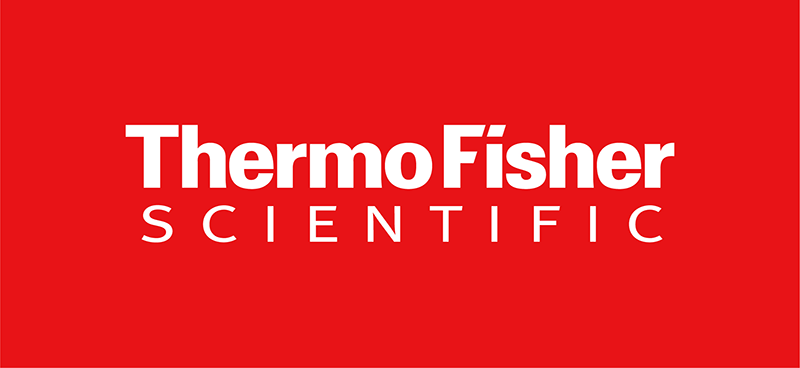July 7–10, 2022 | Athens, Ga.
O-GlcNAc
regulation of cellular physiology and pathophysiology
O-GlcNAc regulation of cellular physiology and pathophysiology
July 7–10, 2022 | University of Georgia, Athens, Ga.
This conference will address the multitude of roles that the O-GlcNAc protein modification has in regulating nuclear and cytosolic proteins. It will bring together researchers from diverse fields to share their research, tools and experience in O-GlcNAc biology.
O-GlcNAc continues to be an underappreciated post-translational modification. However, the combination of advancements in determining protein-specific function and discovery that the modification is linked to many diseases have led to its recognition as an emerging target for understanding both normal and pathological processes in the cell.
The meeting will draw experts in O-GlcNAc biology from around the world to discuss how O-GlcNAc and O-GlcNAc cycling enzymes modulate protein function in basic biological processes as well as in disease states, including diabetes, cancer, cardiovascular disease and neurological diseases.
Graduate students and postdoctoral fellows, established in or wishing to learn about the field, are encouraged to attend and submit abstracts. The organizers will select oral presenters, and there will be a poster session.
Organizers
Image: Y835 H-bonds to a helix proximal to UDP-GlcNAc in OGT-substrate complex. Structure from Schimpl et al, 2012. PDB: 4AY6.
Program schedule
Thursday agenda
Welcome and logistics
Lance Wells and Jerry Hart, University of Georgia
The cycling enzymes
Welcome reception and posters
Friday agenda
Coffee and continental breakfast
O-GlcNAcylation and the flow of genetic information
Coffee break at 10 a.m.
Lunch and posters
O-GlcNAcylation and regulation of metabolism
Coffee break and posters at 4 p.m.
Reception and posters
Saturday agenda
Coffee and continental breakfast
O-GlcNAcylation, immunity and signaling
Coffee break at 10 a.m.
Lunch and posters
O-GlcNAcylation, cell growth and cancer
Coffee break and posters at 4 p.m.
Reception and posters
Sunday agenda
Coffee and continental breakfast
O-GlcNAcylation and neuronal functions and disease
Coffee break and posters at 10 a.m.
Concluding remarks
Lance Wells and Jerry Hart, University of Georgia










